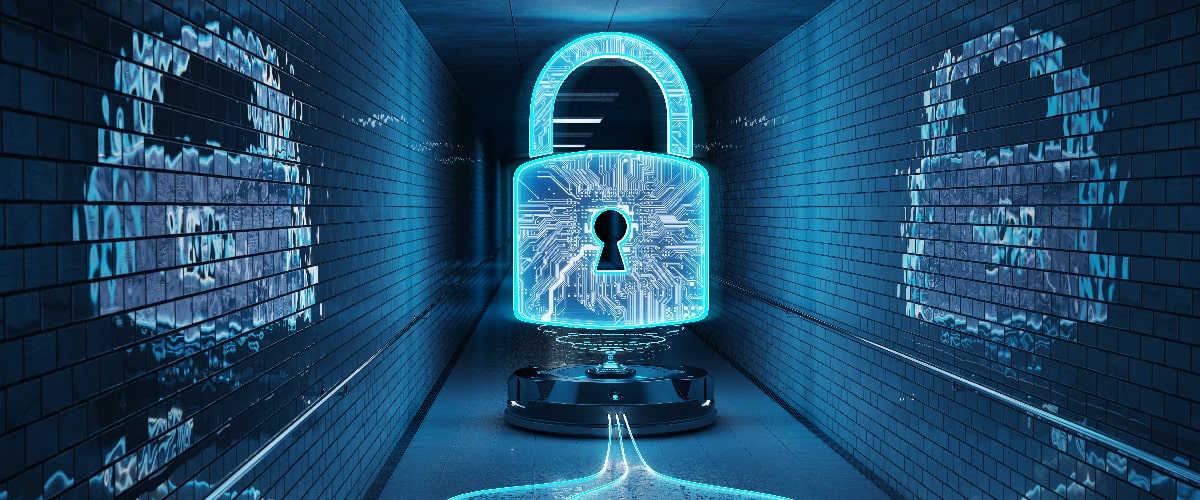 Web Content Viewer
Web Content Viewer
Cloud Architecture and Endpoint Security: Protecting Your Company's Most Valuable Assets

For companies who are looking to boost their security frameworks, many are turning to cloud-based solutions, such as an ERP software suite of applications, which already offers increased layers of protection and risk mitigation that employs a security-first approach with automated checks and layers to the system. In partnership with the service provider, companies who implement security monitoring and access controls can ensure access to applications hosted in the cloud remain secure. The flexibility of the cloud makes it more functional to connect various networks together and layer in security throughout, rather than having separate systems that are difficult to maintain and track on one centralized platform.
How do cloud architectures change the way teams think about endpoint security?
Because of the transition to remote work in recent times, many businesses invested in cloud services to enable seamless communication and collaboration from devices that could be located globally. This transition increased the importance of endpoint security within cloud architecture for companies new to work from home (WFH), requiring IT teams to implement automated scans, third-party authentication, and continuous monitoring to flag vulnerabilities and keep out bad actors and malware.
However, despite this increase in cloud adoption, many organizations still host applications both in the cloud and on-premise, depending on their sensitivity or complexity. By spreading out these assets, in addition to the increased number of remote devices, companies had to change the way they think about endpoint security. It had become a higher priority to not only monitor all access points but create a centralized network of devices that can allow for extra security precautions such as additional layers using various scanning technologies, ensuring business continuity and that your company is protected.
What should they include in their endpoint protection strategy?
There are many considerations organizations need to have built into their endpoint strategy to protect their network. It is important to have a security-first mindset and environment by installing additional layers of infrastructure between the operating network and hardware platform. This includes having continuous security testing and automating scans of hardware and software systems to seek out vulnerabilities and patch potential issues as they arise. While many of these security issues were common before the mass movement of work from home created by the pandemic, the most critical point to consider regarding remote work is the architecture of your network. Maintaining security and access control and layers of detection to the network is critical to protect against even the most complicated malware attacks.
Kevin Beasley
Chief Information Officer
Chief Information Officer
Comments
By using this site you agree to our Privacy Policy and our Terms of Use.
120 Comac Street
Ronkonkoma, NY 11779
Ronkonkoma, NY 11779
 | Vormittag Associates, Inc. ©2025 |
| Vormittag Associates, Inc. ©2025 |